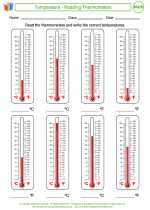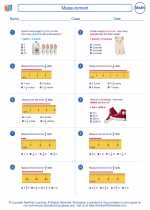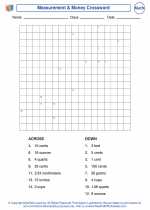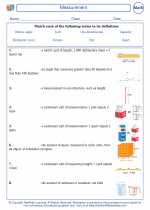Sine
The sine of an angle in a right-angled triangle is the ratio of the length of the side opposite the angle to the length of the hypotenuse. It is one of the primary trigonometric functions and is denoted by sin.
Formula
The formula to calculate the sine of an angle θ in a right-angled triangle is:
sin(θ) = opposite / hypotenuse
Example
Consider a right-angled triangle with an angle θ. If the length of the side opposite the angle is 6 units and the length of the hypotenuse is 10 units, the sine of the angle θ would be:
sin(θ) = 6 / 10 = 0.6
Properties
- The value of the sine function ranges from -1 to 1.
- The sine function is periodic with a period of 2π radians or 360 degrees.
Graph
The graph of the sine function is a wave that oscillates between -1 and 1. It has a repeating pattern and is symmetric about the origin.

Study Guide
To study the sine function, you should focus on the following:
- Understanding the concept of a right-angled triangle and the relationship between the sides and angles.
- Learning the formula for calculating the sine of an angle.
- Practicing solving problems involving the sine function, such as finding the missing side of a right-angled triangle or determining the value of an angle.
- Exploring the properties of the sine function, including its range, period, and graphical representation.
By mastering the concept of sine and its properties, you will develop a strong foundation in trigonometry and be able to apply it to various real-world problems involving angles and triangles.
.◂Math Worksheets and Study Guides Fourth Grade. Measurement

 Activity Lesson
Activity Lesson
 Activity Lesson
Activity Lesson
 Activity Lesson
Activity Lesson
 Worksheet/Answer key
Worksheet/Answer key
 Worksheet/Answer key
Worksheet/Answer key
 Worksheet/Answer key
Worksheet/Answer key
 Worksheet/Answer key
Worksheet/Answer key
 Worksheet/Answer key
Worksheet/Answer key
 Worksheet/Answer key
Worksheet/Answer key
 Worksheet/Answer key
Worksheet/Answer key
 Worksheet/Answer key
Worksheet/Answer key
 Worksheet/Answer key
Worksheet/Answer key
 Worksheet/Answer key
Worksheet/Answer key
 Vocabulary/Answer key
Vocabulary/Answer key
 Vocabulary/Answer key
Vocabulary/Answer key
 Vocabulary/Answer key
Vocabulary/Answer key
